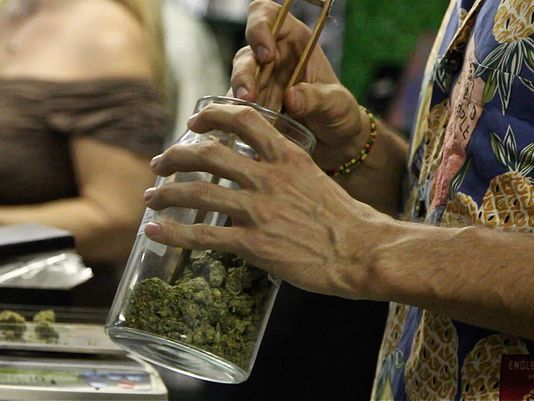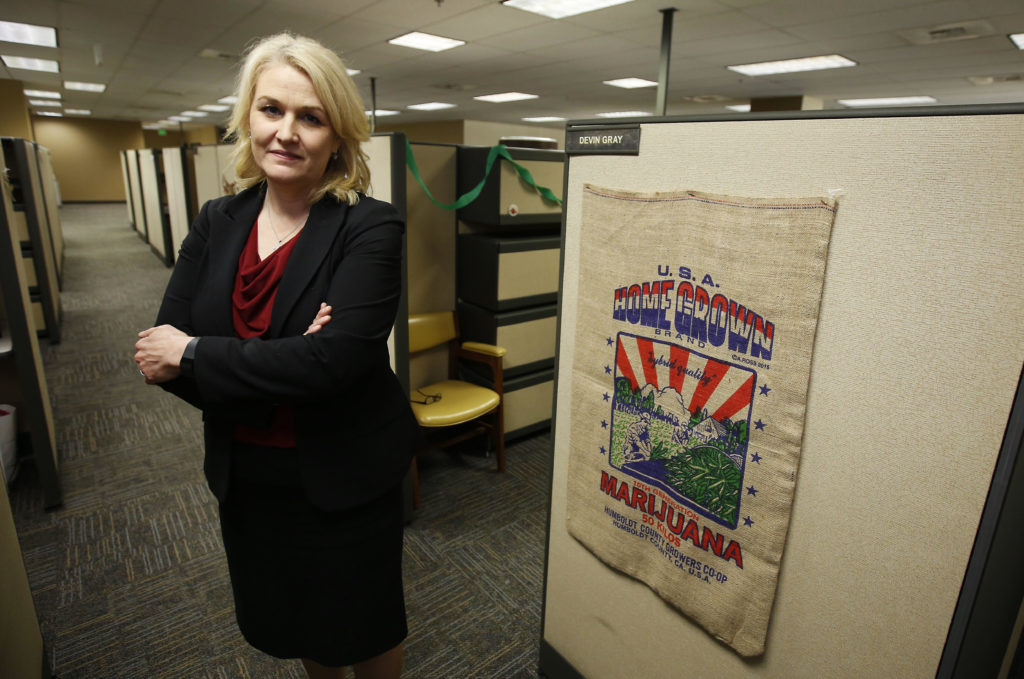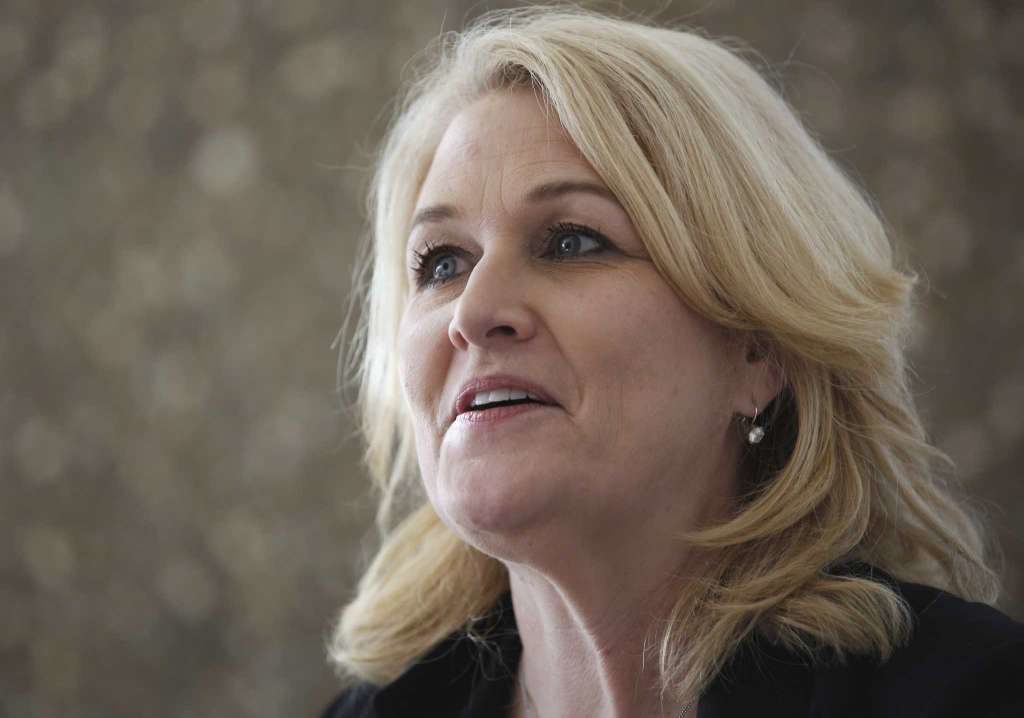Move over, 4/20. California has a new pot holiday: Jan. 1, 2018.
It’s a date that dispensaries and marijuana consumers have had in their sights ever since Proposition 64 designated it as the official opening of the adult-use market in California.
After a year of anticipation, the big switch is a month away. Even state regulators are pumped.
“I know this sounds crazy, but we’re looking forward to Jan. 1,” said Lori Ajax, who heads the state’s Bureau of Cannabis Control, the agency that will license dispensaries and some other cannabis businesses.
“This is what we’ve been waiting for, what we’ve been training for,” she said. “It’s time.”
Whether you’re a long time toker – or someone gearing up to buy your first gram – here are a few things to expect in 2018.
Can I walk into a dispensary on Jan. 1 to buy pot?
The short answer is yes, so long as you’re over 21 and the dispensary has a temporary license from the state. And so long as you can find a pot shop near you.
The state of California says it’s on track to dole out temporary licenses to dispensaries seeking to sell recreational marijuana even before regulations go live on the first of the year.
Ajax expects the Bureau of Cannabis Control’s online application system will open in December and that the BCC will begin emailing temporary licenses to retailers before the new year. The licenses will become valid on Jan. 1.
Recreational customers won’t be able to buy pot at the stroke of midnight.
Instead, customers looking to get their first legal drag of adult-use will have to wait another 6 hours, in keeping with state rules that say retailers can only sell or deliver cannabis between 6 a.m. and 10 p.m.
Where can I buy pot?
Depending on where you live, the nearest dispensary might not be near at all.
“There’s only a handful of cities that are embracing it,” said Jason Elsasser, a marijuana industry advocate in Desert Hot Springs, a city that has earned the nickname “Desert Pot Springs” for its hearty acceptance of marijuana businesses. Elsasser is starting a pot-friendly spa in the city.
Oakland and some of Desert Hot Springs’ neighbors in the Coachella Valley are among relatively few cities that have formed recreational marijuana rules ahead of Jan. 1.Elsewhere, cities have put off the question. Few places in the Sacramento area, for example, are considering opening up adult-use cannabis sales. As of November, San Jose was still weighing whether to lift its ban on recreational pot.
Some parts of the state have doubled down on their opposition to marijuana.
Counties that have come out against pot include Kern County, which rejected Prop 64 with a decisive 53.7 percent of the vote and banned the sale of marijuana in October. Shasta County followed suit, voting against commercial pot in unincorporated areas in November.
Where can I smoke?
Across the state, a good rule of thumb is that Californians can’t smoke pot anywhere they can’t smoke a cigarette.
That means you can’t smoke in indoor workplaces, including bars. As for residences, renters should check with their landlords to see if they can smoke at home.
Pot users also can’t smoke in cars. Using the drug in a moving vehicle or having an open bag in the car are both illegal.
Prop 64 does open the door for local governments to permit marijuana consumption at retailers and companies with a microbusiness license, which combines a small cultivation site, distribution and retail. In that case, the business has to restrict the premises to people 21 and older, can’t allow alcohol or tobacco use on site and must make sure no one can see people consuming marijuana from outside.
Can I try before I buy?
Yes and no.
Like a customer sampling ice cream flavors with a wooden tasting spoon, patients at a dispensary today might be accustomed to smelling the marijuana flower before buying it. Then, budtenders weigh the product and serve it over the counter.
Dispensaries will have to rethink those practices once the adult-use market is fully phased in.
Customers are still free to inspect pot with the supervision of an employee, but dispensaries will have to discard any marijuana product employees remove from its original packaging. Only products in tamper evident, child resistant packaging can sell.“It’s no longer going to be taking the bud out of a used pickle jar and letting the patient sniff it and get their nasties all over it if they sneeze,” said John Chaisson, the co-owner of Atomic Budz in Cathedral City.
Customers should not expect retailers to give away free samples. With few exceptions, marijuana freebies are prohibited by law.
Are there quality controls for pot?
Yes. State law requires new testing procedures.
For example, before a cannabis distributor can ship its stock, a laboratory must test samples for things like mold, pesticide residue and bacteria. Labs will also check for compounds like CBD and THC, two of the cannabinoids found in marijuana. Products must be labeled to show weight as well as THC and CBD content.
Chaisson predicts that the added rigor will filter out cultivators and manufacturers whose products aren’t up to snuff.
“Everything is going to have to be tested by a third party and a lot of people are not going to be able to get through that,” Chaisson said.
What happens to pot products available before Jan. 1?
With a temporary license, which lasts 120 days with the option for extensions, retailers will have some leeway to sell off inventory they had in stock before 2018.
That means customers might still be able to buy products that haven’t been tested or that otherwise appear to violate state law, like pot gummy bears that risk “appealing to children.”
I buy pot regularly. Will I notice any changes at pot shops?
Besides different products, there will be some subtle changes at California dispensaries.
Some marijuana retailers might need to invest in security cameras and alarm systems to stay compliant with state law, or they might start requiring employees to wear a new ID badge if they don’t already.
But the upshot is this: For consumers, the transition shouldn’t be too jarring.
“Things are not really going to change that drastically on Jan. 1 (for consumers),” Elsasser said. “There’s going to be a lot of people turning in their applications to the state of California… but that’s behind the scenes.”
credit:wbir.com



